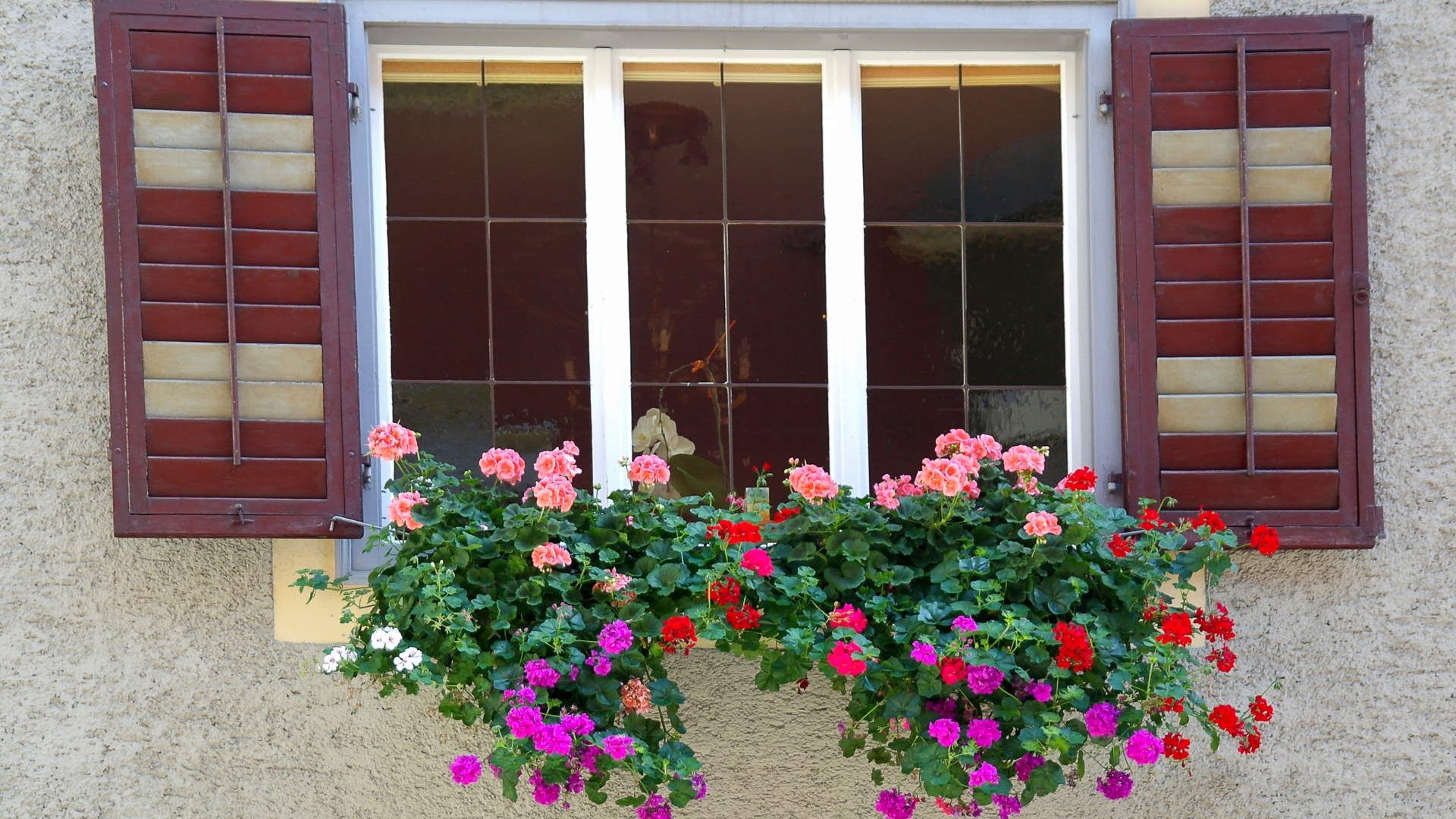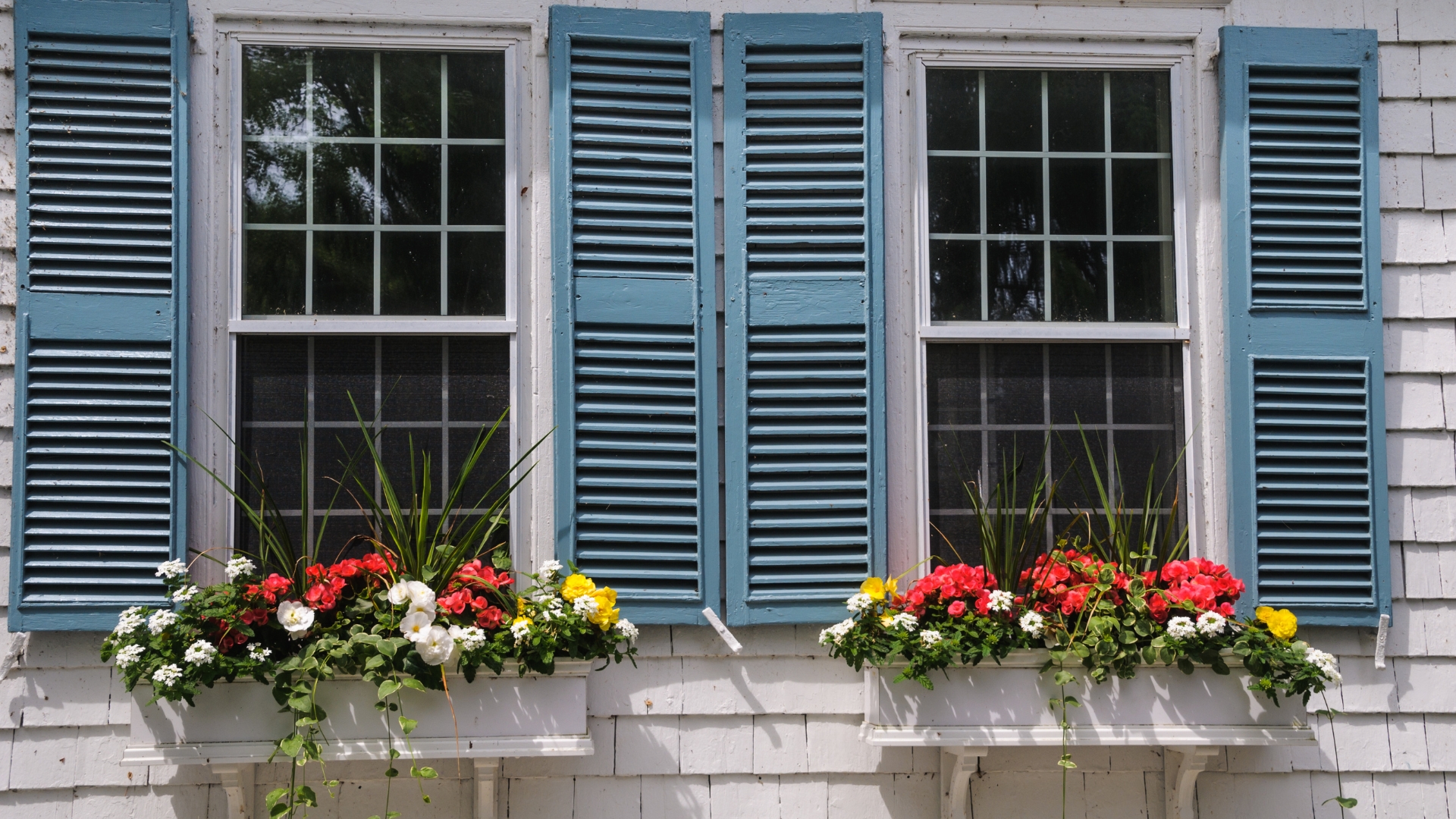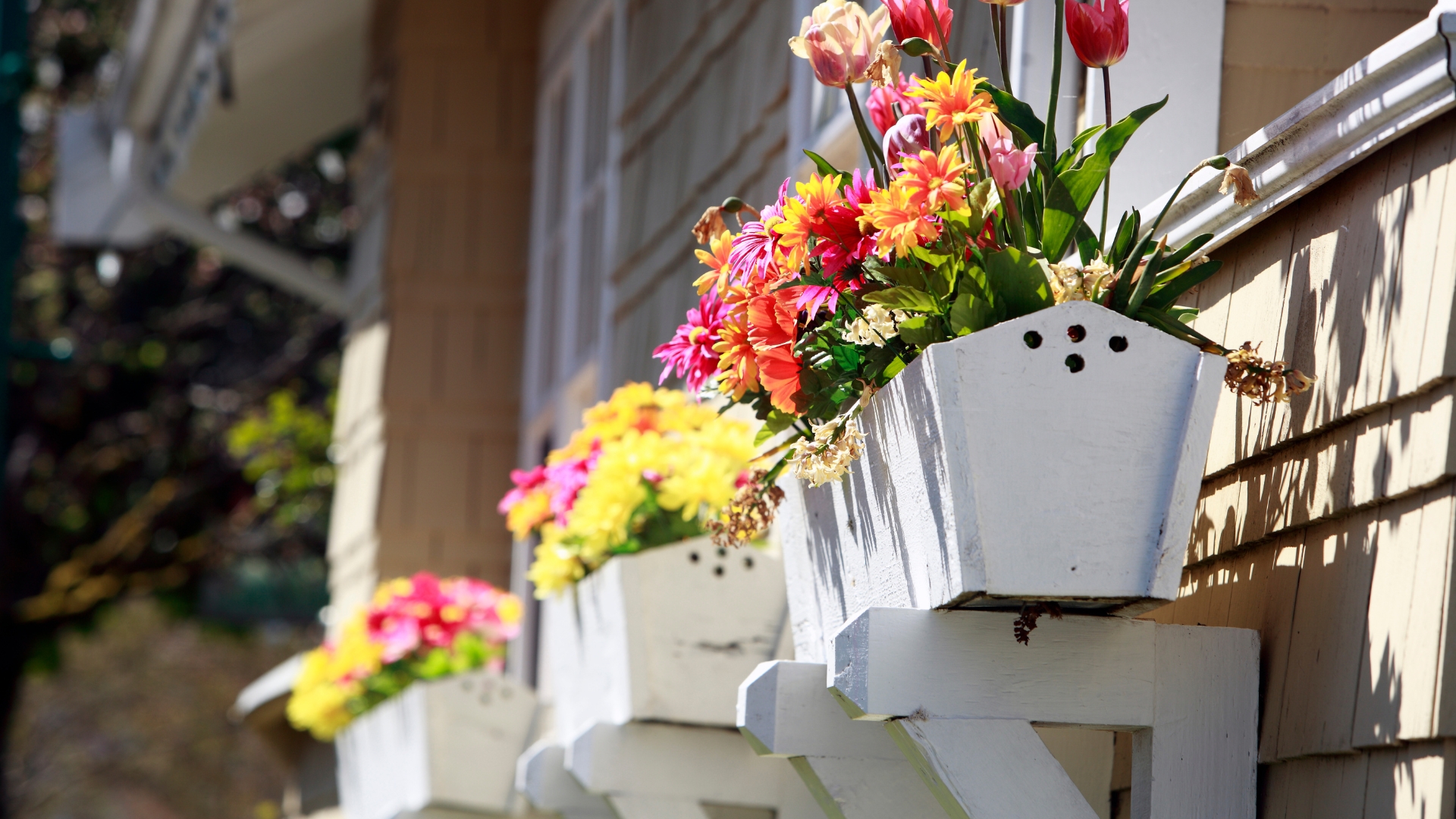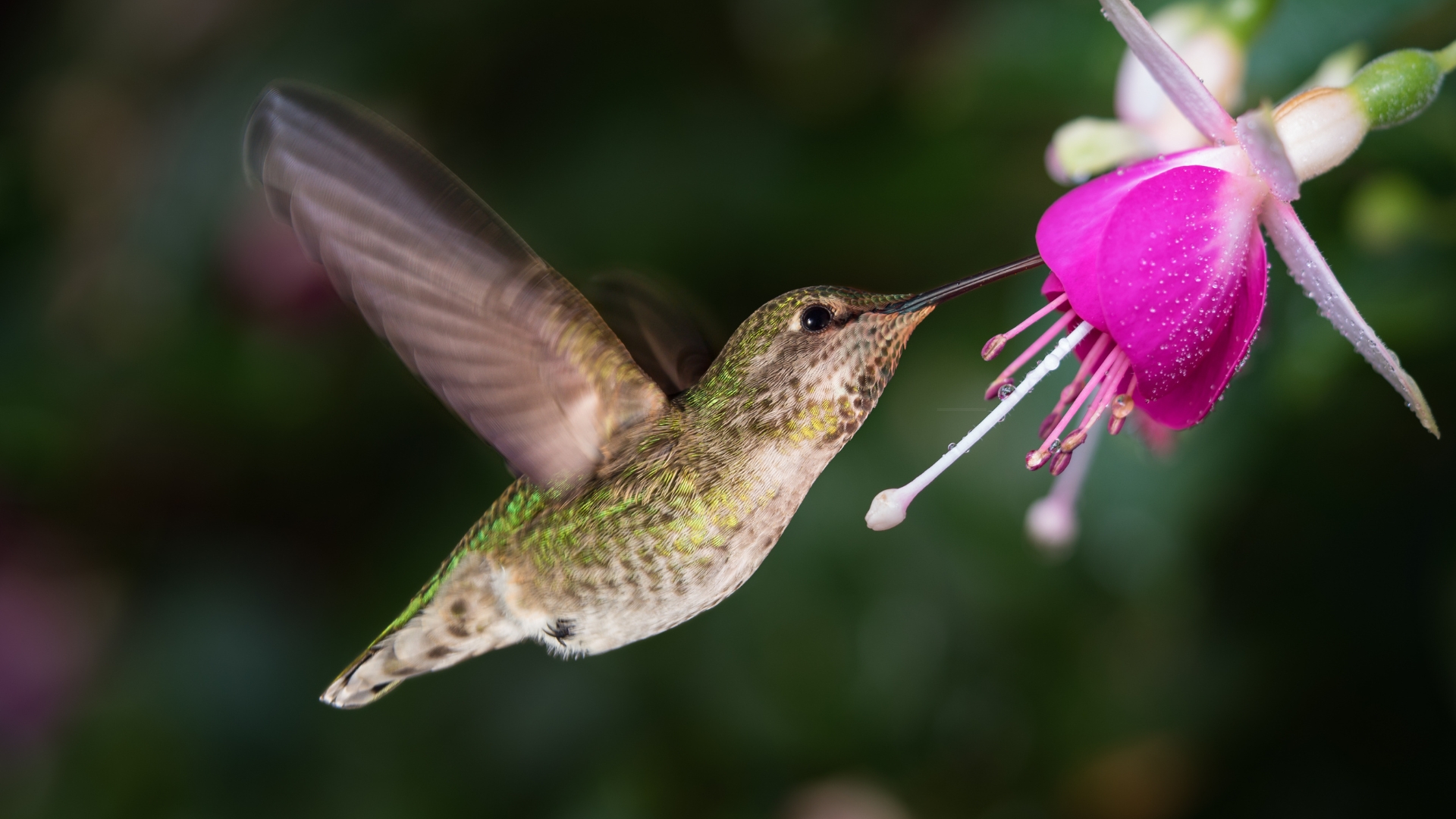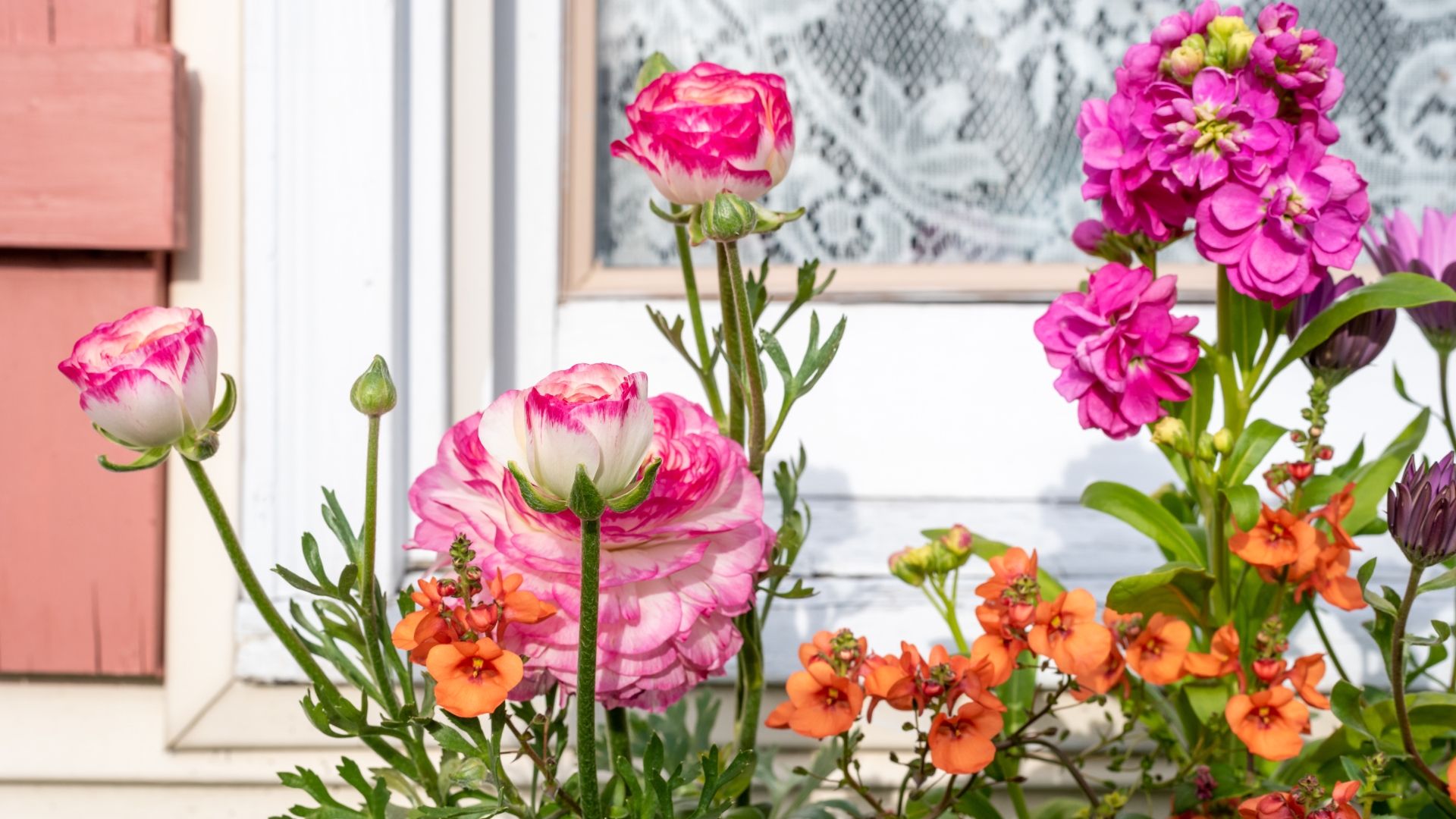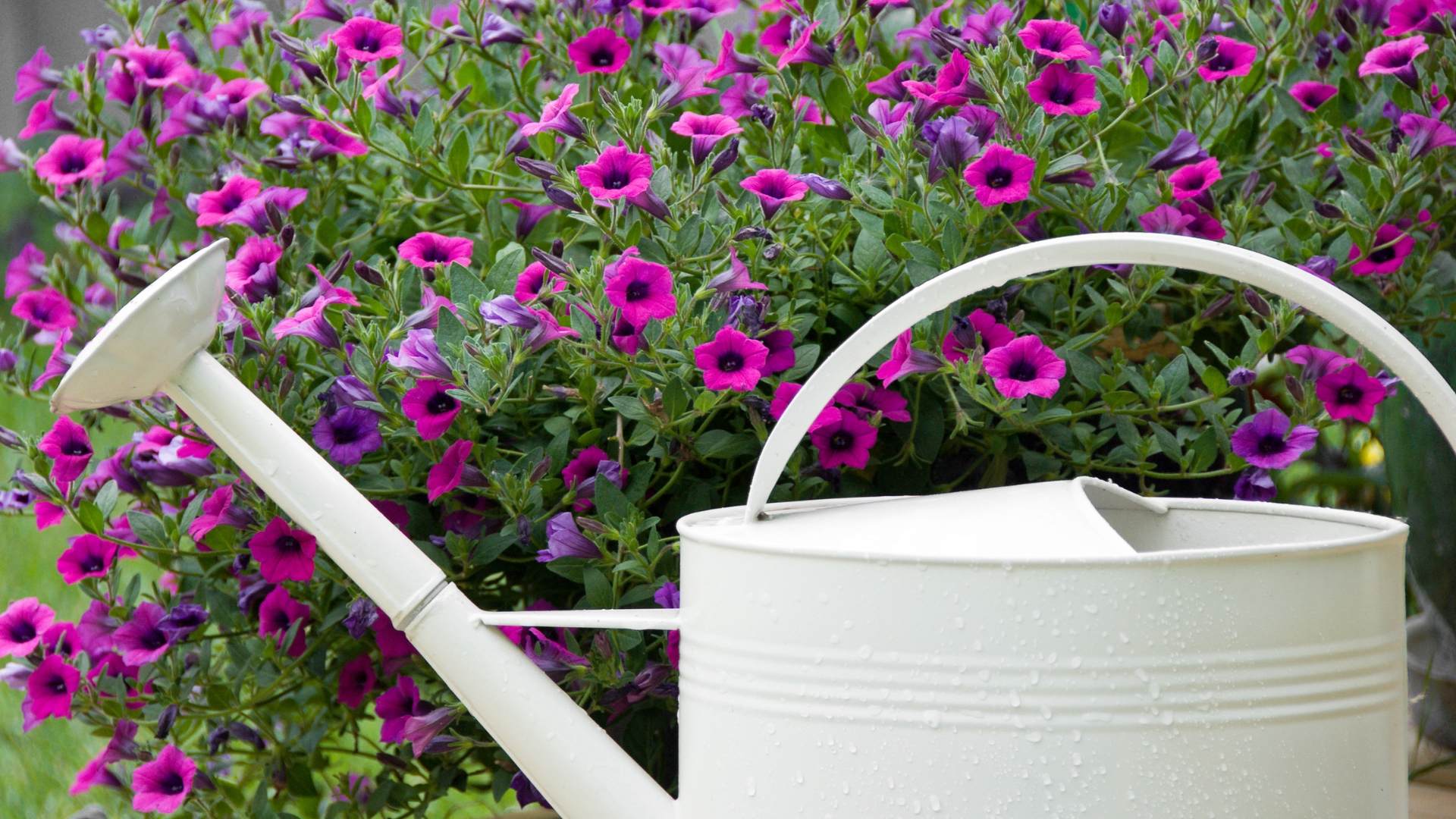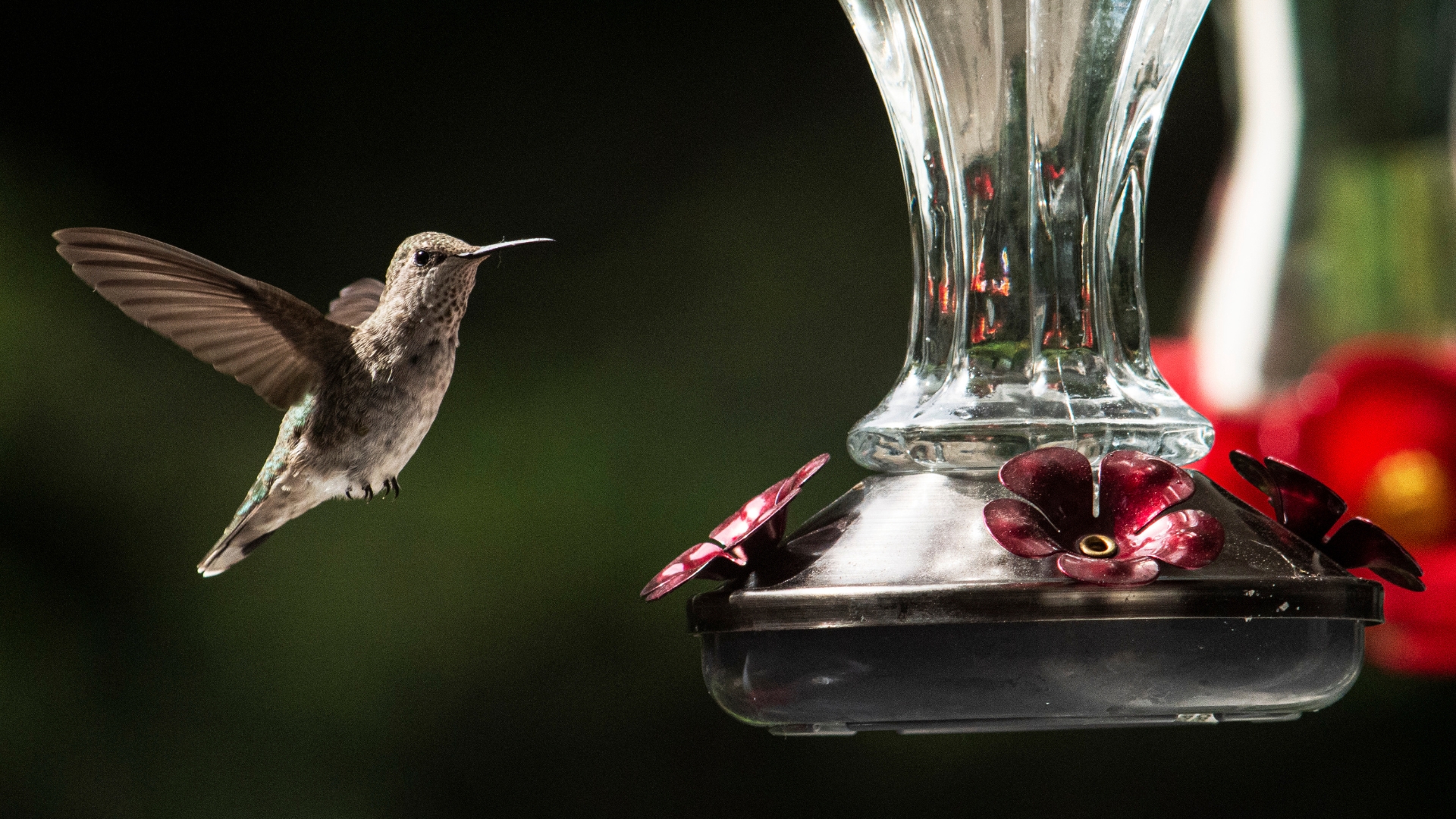If there’s one thing I’ve learned from years of gardening, it’s that hummingbirds don’t just flutter around aimlessly – they’re always on the lookout for a spot worth returning to.
Give them a reliable source of nectar, and they’ll make your garden a regular stop on their daily rounds.
The best part? You don’t need a big backyard or a fancy setup to make it happen. A thoughtfully planted window box can be just as irresistible, turning even the smallest space into a hummingbird hotspot.
I’ll walk you through everything – from picking the perfect flowers to keeping them thriving – so you can enjoy the magic of these tiny visitors right outside your window.
Start With Choosing The Ideal Window Boxes
The right window boxes will set the stage for a successful miniature garden, so getting the sizing and placement right is key.
Measure your window openings and consider how they’ll be mounted. If your home has shutters, extend the boxes a few inches past them on both sides to create a seamless look.
If you’re working with exterior trim but no shutters, the boxes should reach the outer edges of the casing. Without trim, simply match the length of the window itself to keep everything proportionate.
Mounting is just as important as size. Window boxes filled with soil and plants get heavy, so sturdy fasteners and brackets are a must.
Look for materials that can handle weather changes; wood offers a classic touch, metal provides durability, and composite options strike a balance between the two.
A properly sized and well-secured box won’t just hold plants – it’ll turn your window into a beautiful, bird-friendly focal point.
Install Your Window Boxes
Window boxes need a solid foundation, especially once they’re filled with soil and plants. You can mount them by bolting them directly to the wall or securing them with brackets.
If you’re drilling into wood siding, always anchor the screws into the wall studs for maximum stability.
For brick or stone exteriors, masonry anchors are essential to prevent the weight from pulling the box loose.
Brackets provide extra reinforcement and can be a smart choice for heavier boxes or setups where direct mounting isn’t ideal.
Once installed, proper soil preparation makes all the difference. Use a high-quality potting mix designed for container gardening – it’s lighter and drains better than regular garden soil.
To prevent compacted roots and improve drainage, add a thin layer of pebbles or coconut fiber at the base.
It’s Time To Choose Flowers
Many plants look fantastic in window boxes, but if you want to attract hummingbirds, you’ll need to be a bit selective.
These tiny birds are drawn to brightly colored, nectar-rich blooms – especially those with tubular shapes that fit their long, slender beaks.
A few top choices include salvia, which produces an abundance of nectar, and petunias, a colorful favorite that’s easy to maintain.
Fuchsia is another excellent option, with its dangling, bell-shaped flowers that hummingbirds love to hover around.
Bee balm not only provides nectar but also adds a striking burst of red, pink, or purple to your display.
And if you want something low-maintenance that blooms for months, trumpet vine is a surefire way to keep hummingbirds visiting all season long.
The Way You Arrange Your Flowers Also Matters
To make the most of your space, layer plants by height – taller varieties like bee balm and salvia should sit toward the back, while trailing plants like fuchsia and petunias can spill over the front.
This not only creates an eye-catching display but also gives hummingbirds plenty of access to their favorite blooms.
With the right mix, your window box won’t just look stunning; it’ll be a go-to stop for hungry hummingbirds all season long.
Follow These Tips To Make Your Window Boxes Thrive
A thriving window box doesn’t just happen – it takes the right care to keep plants healthy and blooming.
Spacing your plants properly allows air to circulate and prevents them from competing for nutrients.
Leave enough room for roots to grow and flowers to spread. Since window boxes dry out faster than garden soil, daily watering is often necessary. Always check the soil moisture with your fingers; if it’s dry an inch down, it’s time to water.
To keep flowers at their best, fertilize with a balanced, water-soluble blend every couple of weeks.
Snipping off faded blooms (deadheading) encourages plants to keep producing flowers instead of going to seed.
Light pruning helps control shape and keeps plants from becoming too leggy. A little attention to spacing, watering, and upkeep will keep your window box bursting with color and full of nectar for visiting hummingbirds.
Make Your Garden Irresistible To Hummingbirds
Even with the perfect window box, you can take things a step further to make your space completely irresistible to hummingbirds.
A well-placed hummingbird feeder provides a reliable nectar source, especially on days when natural blooms are scarce. Hang one near your window, keeping it in a shaded spot to prevent spoilage.
Be sure to clean it regularly and use a homemade nectar mix (one part sugar to four parts water) to keep your visitors happy and healthy.
Water is another key ingredient in attracting hummingbirds. These tiny birds love to bathe and drink from shallow sources, so a small dish of water or a tabletop fountain can be a game-changer.
If space allows, try hanging additional potted flowers nearby to expand their feeding area. Even a few well-placed red ribbons or garden decor can catch their attention from a distance.
Transforming your window box into a hummingbird haven is easier than you think. There’s nothing quite like watching these tiny creatures up close – so get ready for a front-row seat to nature’s best show!

